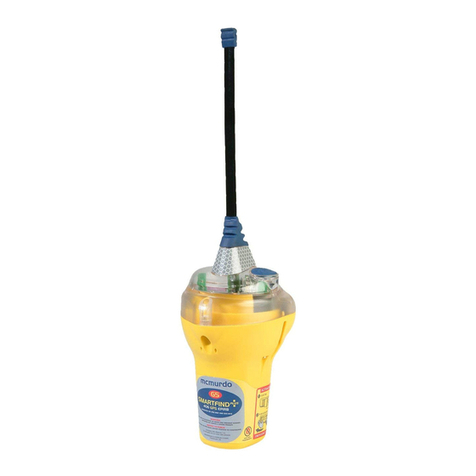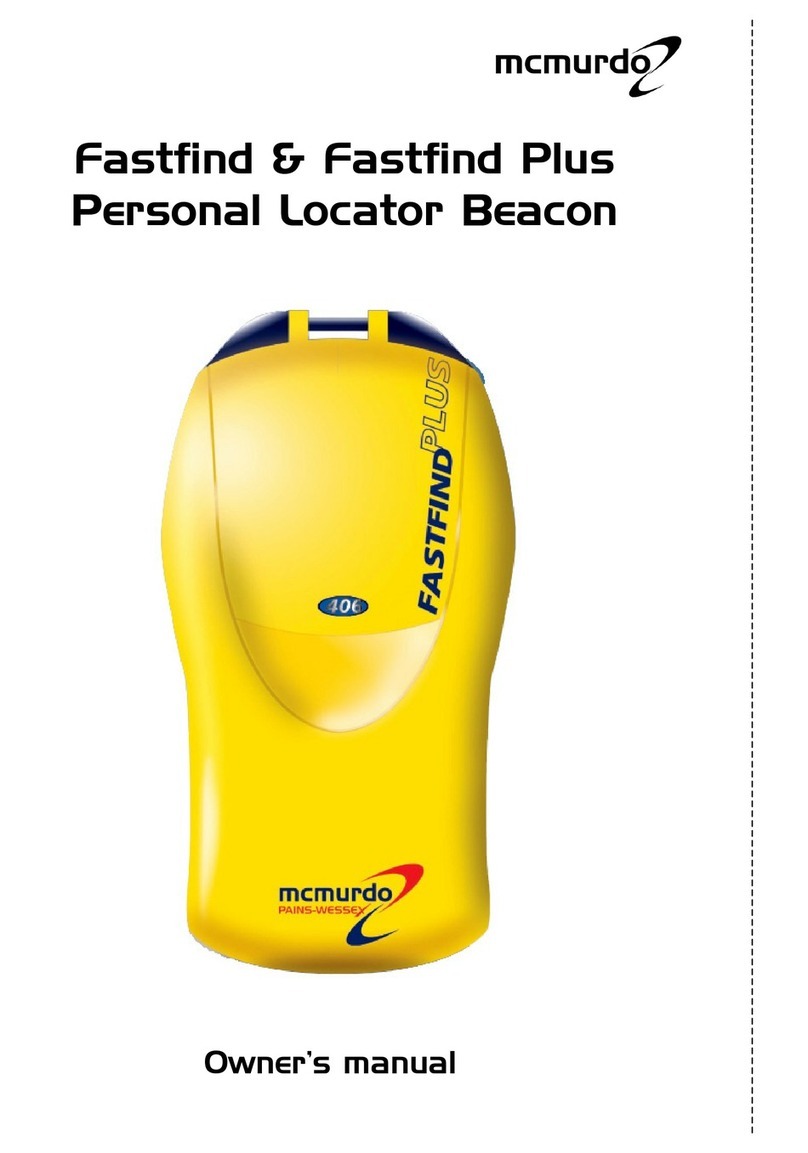
Commercial in Confidence
Smartfind EPIRB service manual Page 1
Table of Contents
1. Introduction ..........................................................................................................3
1.1. Scope..............................................................................................................3
1.2. Applicability .....................................................................................................3
1.3. Servicing equipment .......................................................................................4
1.4. Safety notices .................................................................................................5
1.5. alse alarms ...................................................................................................7
2. Assessment ..........................................................................................................9
2.1. Maintenance tasks..........................................................................................9
2.2. Routine testing ................................................................................................9
2.3. Assessment ..................................................................................................10
3. Maintenance procedures...................................................................................12
3.1. Inspection......................................................................................................12
3.2. unctional test...............................................................................................14
3.3. Message read ...............................................................................................17
3.4. Internal inspection.........................................................................................18
3.5. Disassembly..................................................................................................19
3.6. Re-assembly .................................................................................................22
3.7. Leak testing...................................................................................................25
3.8. Battery change..............................................................................................26
3.9. Reset the Run Time counters on the PCB ...................................................28
3.10. HRU replacement......................................................................................29
3.11. Programming.............................................................................................30
. Fault finding........................................................................................................32
5. Repair procedures .............................................................................................35
6. Spares .................................................................................................................36
Appendix 1 : Specification .......................................................................................37
Appendix 2 : IMO recommendations.......................................................................37
McMurdo is a brand name operated by Signature Industries Limited.
The information and illustrations contained in this publication are to the best of our knowledge correct
at the time of going to print. We reserve the right to change specifications, equipment, installation and
maintenance instructions without notice as part of our policy of continuous product development and
improvement. No part of this publication may be reproduced, stored in a retrieval system or
transmitted in any form, electronic or otherwise without permission in writing from McMurdo, Signature
Industries Limited. No liability can be accepted for any inaccuracies or omissions in the publication,
although every care has been taken to make it as complete and accurate as possible.





























